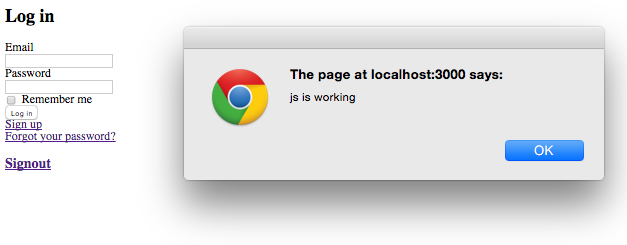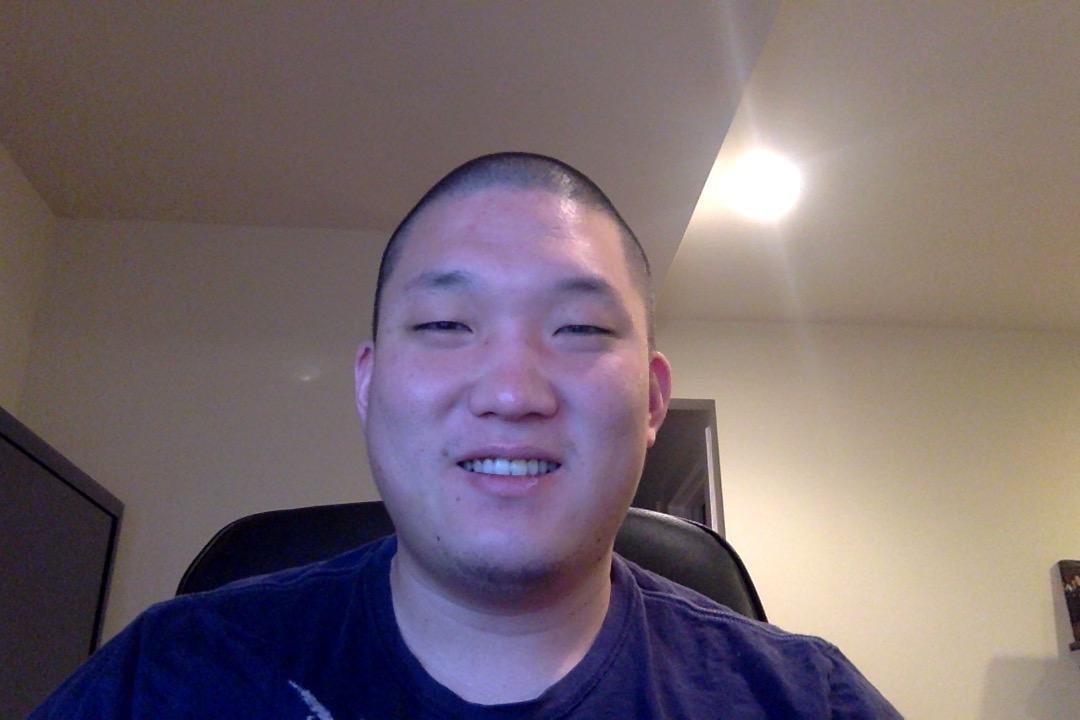Initially, I had wanted to write a continuation on the Devise Gem. I’m still going to build upon the same app I started last week, however, for this blog post I’m going to talk about object oriented programming in Javascript, specifically, how it applies in the Rails Framework. A disclaimer before I get into it… I am no javascript guru. In fact, this is only my third week using the language, but I imagine putting my thoughts to paper will substantiate some of this knowledge milling around in my head. That being said, some of my syntax won’t be the cleanest and perhaps slightly damp at times. Also, semicolons suck, and I will forget to put them in… a lot.
I’ll be using the Ruby on Rails framework, postgresql database, javascript and jQuery. If you want to follow along and get a better understanding of where I’m starting from, read this.The finalized code will be on github here.
So the overall goal will be to convert our ruby model into a JSON object so we can integrate our ruby models into our javascript. The first thing I want to do is make our Post model a little bit more robust and less boring, so we can have a better idea of what’s happening when we start writing our javascript.
Once you’re in the reminder repo, in the terminal write:
$ rails g migration AddColumnsToPosts
Find the migration, it should be the most recent migration file under db/migrate directory and shove this content into it:
class AddColumnsToPosts < ActiveRecord::Migration
def change
add_column :posts, :title, :string
add_column :posts, :time_of_day, :string
end
endNext lets just store some dummy content into our seed file, so we have something to play with in JS. In the seed file db/seeds.rb place the following content:
User.destroy_all
Post.destroy_all
users = User.create([
{email: 'bob@email.com', password: 'password'},
{email: 'bob1@email.com', password: 'password'}
])
users[0].posts.create([
{title: "Breakfast", body: "Eat Breakfast", time_of_day: "morning"},
{title: "Lunch", body: "Eat Lunch", time_of_day: "afternoon"},
{title: "Dinner", body: "Eat Dinner", time_of_day: "evening"}
])
users[1].posts.create([
{title: "Grocery Shopping", body: "Go buy some schtuff", time_of_day: "morning"},
{title: "Exercise", body: "Go work out", time_of_day: "afternoon"},
{title: "slumber", body: "crash hard in bed", time_of_day: "evening"}
])And then run the migration and seed the database:
$ rake db:migrate
$ rake db:seed
Cool, now that we got our database setup, lets incorporate some JS!
In the terminal:
$ touch app/assets/javascripts/post.js
$ touch app/assets/javascripts/post_view.js
Open the first file app/assets/javascripts/post.js in your text editor and put the following content.
// lets test to make sure our JS is working
$(document).ready(function(){
alert("js is working");
})Great, now lets fire up the rails server and open localhost:3000in your browser. You should see something like this:

Great, now we know the javascript works. Lets change up a couple of things we had in the previous version of this app. The first change will be getting rid of the nested resource for posts in config/routes.rb:
Rails.application.routes.draw do
root "posts#index"
devise_for :users, :path => 'accounts'
resources :posts
endNext let’s set up our view in app/views/posts/index.html.erb, replace all the content with:
<h1>Listing your posts</h1>
<%= form_for @post do |f| %>
<p>
<%= f.label :title %><br>
<%= f.text_field :title %>
</p>
<p>
<%= f.label :body %><br>
<%= f.text_field :body %>
</p>
<p>
<%= f.label :time_of_day %><br>
<%= f.text_field :time_of_day %>
</p>
<p>
<%= f.submit %>
</p>
<% end %>
<%#-- These buttons will be the focus of our javascript --%>
<button class="firstExample">First Example </button>
<button class="secondExample">Second Example </button>
<button class="thirdExample">Third Example </button>
<%#-- We'll shove in some content here by clicking on the above buttons using javascript --%>
<div class="jsContent">
</div>
<ul>
<% @posts.each do |post| %>
<li><%= post.body %></li>
<% end %>
</ul>Let’s go into app/controllers/posts_controller.rb and change the index method to the following:
class PostsController < ApplicationController
before_action :authenticate_user!
def index
@post = Post.new
@posts = current_user.posts
# the respond_to helper method allows us to access ruby @posts into json format
respond_to do |format|
format.html
format.json{render json: @posts}
end
end
...
# more controller actions followGreat everything’s ready except for our JS. Let’s go into app/assets/javascripts/post.js and put this content in it: (The next two blocks of code are kind of the meat and potatos of it all. They are the most pertinent to this blog)
// this is our constructor function... i think
var Post = function(){
}
// the ajax call to parse our ruby into a JSON object
Post.prototype = {
// the function to make the ajax call
load: function(callback){
$.ajax({
type: 'GET',
dataType: 'json',
url: window.location.origin + '/posts.json',
success: callback
});
// or you can use
// $.getJSON(window.location.origin + '/posts', callback)
}
}Now finally, let’s go to app/assets/javascripts/post_view.js and put this in it:
var PostView = function(jsonObject){
// to make drilling in a little bit easier, instantiate some attributes
this.model = jsonObject;
this.firstObject = jsonObject[0]
this.secondObject = jsonObject[1]
this.thirdObject = jsonObject[2]
this.secondObjectTimeOfDay = jsonObject[1].time_of_day
}
// we will define how we want our content to appear on the page. Separate our concerns and keep our views relatively modular
PostView.prototype = {
firstExampleFunction: function(){
$(".jsContent").append("<p>hello</p>")
$(".jsContent").append("<p>You're first task is to " + this.firstObject.body + "</p")
},
secondExampleFunction: function(){
$(".jsContent").append("<p>You should also " + this.secondObject.title + " at some point in the " + this.secondObjectTimeOfDay + "</p>")
},
thirdExampleFunction: function(){
$(".jsContent").append("<p>But save room for dinner in the " + this.thirdObject.time_of_day + "</p>")
},
}
// making a new instance of our Post model
var p = new Post();
// now we call the load function defined in post.js. The response is the JSON object retrieved from the ajax call in the post model
p.load(function(response){
var newPostView = new PostView(response);
// here we'll set up our event listeners and call the functions defined in our PostView.prototype
$(".firstExample").on("click", function(){
newPostView.firstExampleFunction();
})
$(".secondExample").on("click", function(){
newPostView.secondExampleFunction();
})
$(".thirdExample").on("click", function(){
newPostView.thirdExampleFunction();
})
})After clicking each of the three buttons your screen should look something like:

Great! We’ve just implemented some rudimentary object-oriented javascript! I encourage you to dive into app/assets/javascripts/post_view.js file and mess around with drilling into the object and other ways to manipulate the DOM. I hope this post helped bridge the gap between rails and object oriented javascript a little bit. For more in depth documentation, check out The MDN Introduction to Object-Oriented Javascript
